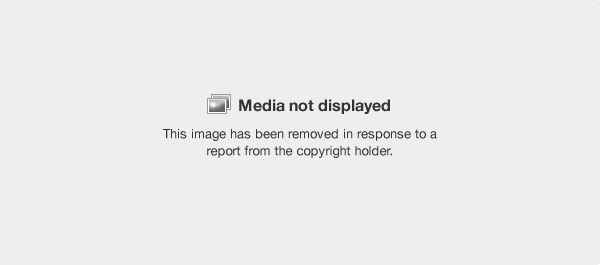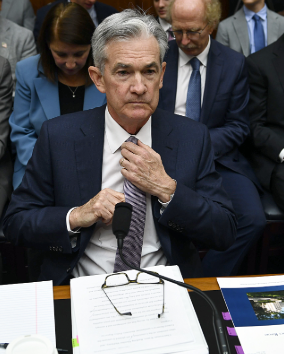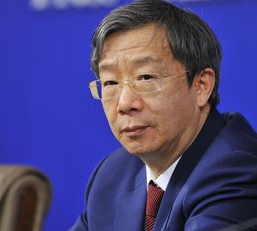“Central banks have made a $6t commitment to prop up financial markets via asset purchases. That might not limit the collapse in EPS, but it might limit the collapse in share prices,” Citi says.

“Central banks have made a $6t commitment to prop up financial markets via asset purchases. That might not limit the collapse in EPS, but it might limit the collapse in share prices,” Citi says.

Citi discusses the Fed policy trajectory in light of yesterday’s FOMC minutes from the October meeting.
“Minutes from the October 30th FOMC released overnight are broadly consistent with Citi analysts expectations for disagreement regarding the need to cut, but agreement that on leaving policy rates on-hold. On USD supply to year end (the more interesting part of the Minutes), Fed officials continue to look for ways to make sure funding pressures in the overnight lending market don’t cause a problem again with a “standing repo” seen as the preferred option that would likely provide substantial assurance of control over the federal funds rate (and USD supply). However, Citi analysts do not expect a final decision until H1 2020. ,” Citi notes.
“The Citi analyst view remains for the Fed to stay on hold in December and through 2020 though muted inflation makes hikes in the next year very unlikely. Cuts are possible should domestic activity data indicate a slowdown,” Citi adds.



ATMs in Hindi-speaking states will now generate receipts in Hindi, along with English, as the Home Ministry has asked the Reserve Bank of India to direct banks to procure only those ATMs that can print receipts in Hindi.
The ministry has also instructed two major foreign suppliers of ATMs to upgrade the software in the existing ATMs to ensure printouts in Hindi.
The Department of Financial Services has written to the Home Ministry, saying the matter is under consideration. “We will be perusing this matter… the issue is that the printout of the receipt (from the ATM) should come in the language in which the transaction is being made,” a Home Ministry spokesperson said.
At present, only ATMs procured by the Union Bank of India from Diebold firm have the facility to print in Hindi.

The Reserve Bank of India, in its Monetary Policy review today has hiked the Cash Reserve Ratio (CRR) by 75 basis points (bps) to 5.75 per cent, while holding the repo and reverse repo rates steady in line with market expectations.
The CRR hike will be done in two tranches. The first one will be for 50 bps with effect from February 13, 2010, and the balance 25 bps will be effective from February 27, 2010. Eventually, this will drain out Rs 36,000 crore from the system.
Repo rate is the rate at which the banks can borrow money from RBI in order to avoid scarcity of funds.
The move comes on the back of spiraling inflation. Food inflation touched 17.4 per cent for the week ended 16 January 2010, slightly higher than previous week’s 16.81 per cent. Fuel price index rose to 5.7 per cent while primary articles price index touched 14.66 per cent for the week ended 16 January 2010.
A median forecast released by the Reserve Bank of India (RBI) in the pre-policy ‘Macroeconomic and Monetary Developments: Third Quarter Review 2009-10’ yesterday raised the economic growth projection to 6.9 per cent from the 6 per cent projected three months ago.
NIFTY Future :In panic low of 4757 was made and now trading at 4801.My Support and expected target was of 4724-4676 in panic.
-Don’t panic @ lower levels.
-If not breaks 4757 & trades above 4812 with volumes will take to 4845-4856 & there after watch unexpected buying upto 4889-4900 level.
Updated at 11:25/29th Dec/Baroda
Standard Chartered think so, targeting an eventual move to 1.15. They feel the ECB is getting closer to monetisation and euro-zone economy is weakening. Dow Jones reporting the banks’ strategist Steve Barrow saying ‘In short, has the euro started a journey that will lead to significant declines in coming months? We think the answer is ‘yes,’ he says’ |